

How to write investment winning content for my pitch deck
2nd March 2021
When you’ve assembled your business assets and established your pitch structure, it’s time to create the content. ‘Content’ is stage four of our winning methodology the Six Principles of the Perfect Pitch, and it’s imperative that you get it right.
You’ll need to create compelling slides that’ll present your investors with a business opportunity they don’t want to miss. First, you need to nail the structure, so that you can identify the most crucial points to include. Then, you need to take those points and create the content slides that’ll win investors over.
Typically, you’ll be working with two core types of slide content – narrative and information. Here we’ll break down each one for you.
Narrative Content Slides – what they are and why you need them
We’ve talked about the ‘storyteller’ aspect of creating a pitch in our blog on our unique five-act pitch structure. Remember, you’re telling investors a story that should spark their excitement and curiosity. By the end of your pitch, they should be keen to learn more or ready to get in on the action.
You’ll be using narrative slides to communicate the Hook, Essence and Evidence parts of the structure.
In each narrative slide, you will be setting up an idea, a concept or an argument. The audience should be engaged from the start because what you are presenting demands their attention.
Instead of following the traditional story format of a beginning, middle and end, the narrative slide structure we advise doesn’t require a middle section. You set something up, then ‘pow’ you deliver a knock-out conclusion. It’s a ‘set-up and score’ approach.
Here’s an example:
You’ve launched a clean-tech business that has created a software platform monitoring irrigation on small-hold farms in Africa, helping reduce energy consumption by half and delivering a 30% improvement on yield.
Your narrative slide might say:
Reducing energy consumption for small-hold farmers in Africa
Our Smartphone controlled remote irrigation systems dramatically reduce the carbon footprint of farming while increasing profitability. After three months using our Irrigation Boost platform, farmers in Kenya found:
• Energy consumption was reduced by 50%
• Yield improved by 30%
• Labour costs were reduced by 3 hours a day
• The quality of the soil was improved significantly
Bam! Investors will want to know how those results can be achieved, and you’re away.
Another example of a narrative slide might be to set the scene for the gap in the market for your business. A slide where you show you’ve identified a problem that your business will solve.
Here’s a problem slide that Robot Mascot created for our client R15 Training – an intensive workout that delivers the same result as a 60-minute personal training session in just 15 minutes:
Our busy lifestyles are harming our health
UK obesity is at an all-time high. However, the modern-day lifestyle makes dedicating time to improve health and fitness a real challenge.
• 42% believe they don’t have the time to workout
• 46% feel their work has been a barrier to keeping fit
• 71% of people feel working out is inconvenient
• On average, we have just 89 minutes of free time per day
It’s evident in both examples what the ‘set up’ of the story is and how the ‘end’ or ‘score’ is delivered.
In the first example, the set up was a top-level description of the solution, and the score was the compelling results from using the tech being pitched. In the second example, the high-level problem was set up, and then evidence was used to explain why people are failing to work out and the gap in the market for this business solution.
In both examples, there’s something for the investors to take away from the slide, a motivation to learn more and remain engaged for the next part of the pitch.
Information slides – what they are and how to use them
You’ll use information slides to present facts in an informative, digestible and, sometimes, visual style. In contrast to narrative slides, information slides don’t use the ‘set up and score’ format. They are there to provide relevant information to support your business idea and demonstrate credibility.
We typically use information slides when presenting the facts about market information, outlining a business model or providing intel about things such as processes and timelines.
It can be a challenge for businesses who’ve gathered a lot of valuable information to support their case to decide what to include. As ever, you need to focus on your key messaging and use the most compelling evidence to back up your argument.
Information slides tend to follow a particular pattern. You’ll have a headline that gives descriptive context, then a series of critical points to back it up.
Here’s an example of an information slide Robot Mascot created for AerPart – an online marketplace for used jet engine parts that uses blockchain to secure and certify the history of every part, eliminating fraudulent and unsafe parts from circulation.
We wanted to convey the market opportunity, so we used an information slide as our content.
Market Opportunity
Total Addressable Market
$76 billion: The value of the global maintenance, repair and overhaul (MRO) market (2017)
Service Available Market
$48 billion: Global MRO spend on engines and components (2017)
Service Obtainable Market
$160m: AerPart Market Share (1% of EU and MNEA regions)
Another example is this business model slide created for Highland Powerhouse – the world’s first vegetable oil power station:
Business Model
Electricity suppliers pay us for each Kwh we produce up to a pre-agreed production level.
0.13p
Income per Kwh
5,000 Kwh
Hourly energy production
£5.9m
Annual Revenue
At Robot Mascot, we help clients make information slides as powerful as possible using visual designs where appropriate. It’s not as easy for investors to remember a list of facts written out as it is to visualise a diagram, infographic or picture-led slide.
So, when you are creating information slides, consider how you could convey the information visually. Whether you are working with an experienced pitch agency or not, good design will elevate the content of an information slide and make it more memorable for investors.
Now you know the two core types of slide to create for your pitch deck, it’s time to start shaping your content ready for the next stage of the Six Principles of the Perfect Pitch. If you want to skip to the next lesson about how to position yourself as an Investable Entrepreneur, pick up a free copy of Robot Mascot COO James Church’s book today.
Learn how to convince investors
Investable Entrepreneur takes you through our winning methodology – the process we use to increase our client’s chances of raising investment by more than 30x.
“This book will help you translate your entrepreneurial vision into something investors can get behind.”
Daniel Priestley, CEO and founder, Dent Global and four times best-selling business author
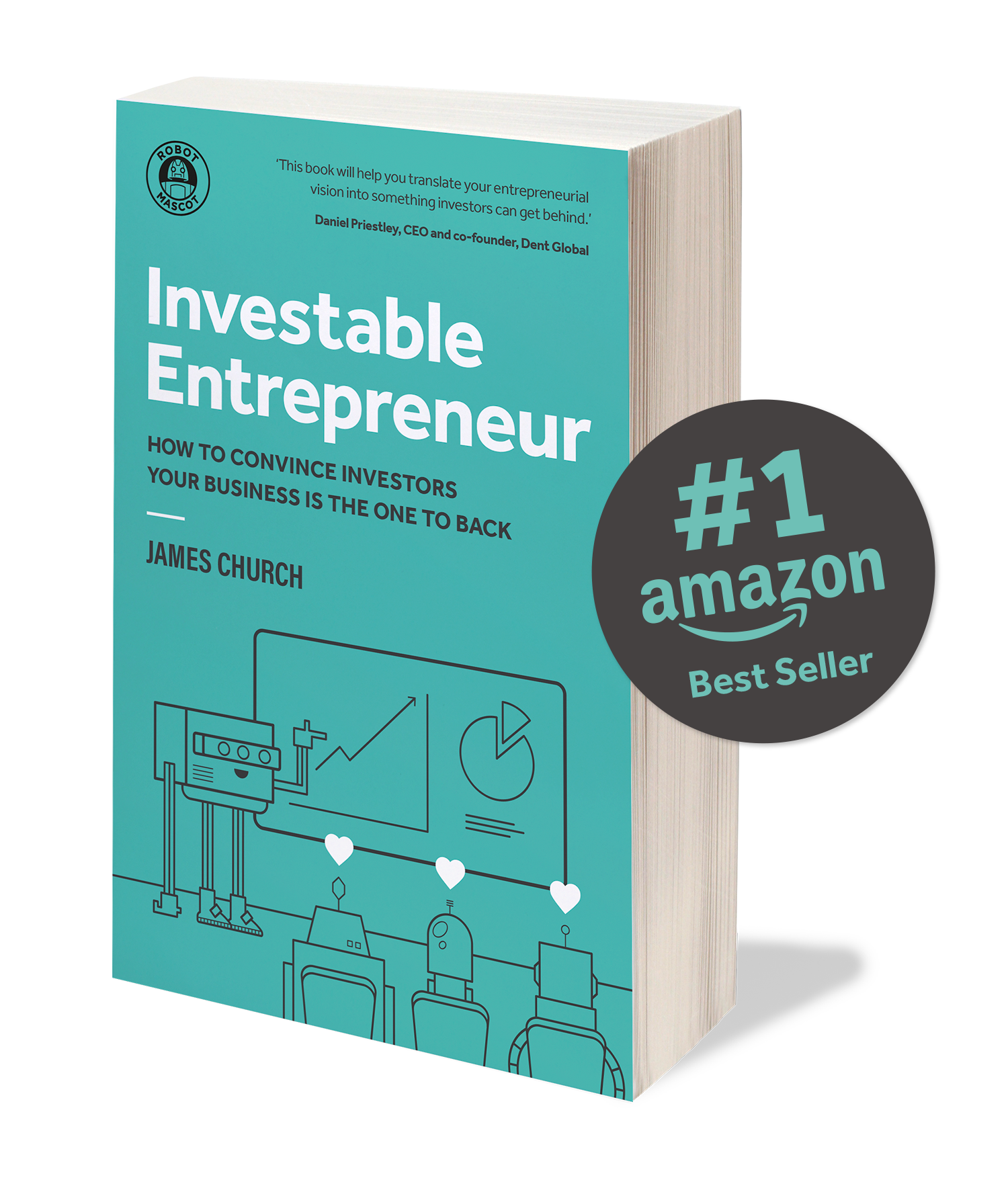
Keep up to date with what we’re up to via email
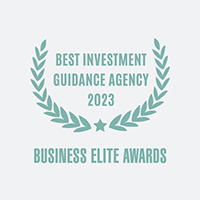
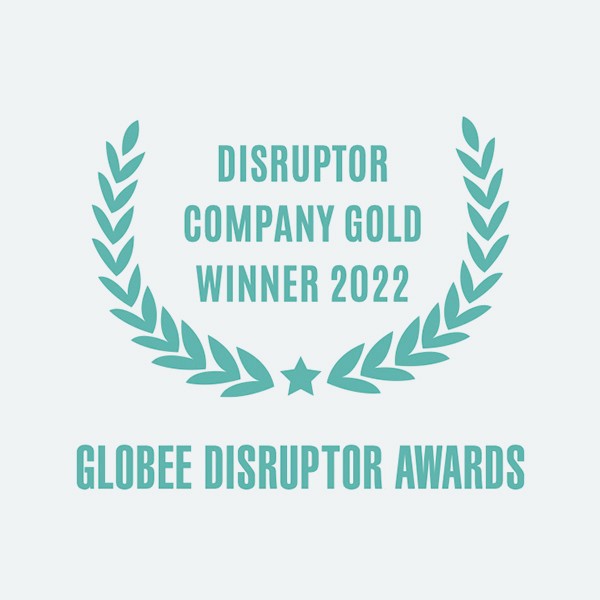
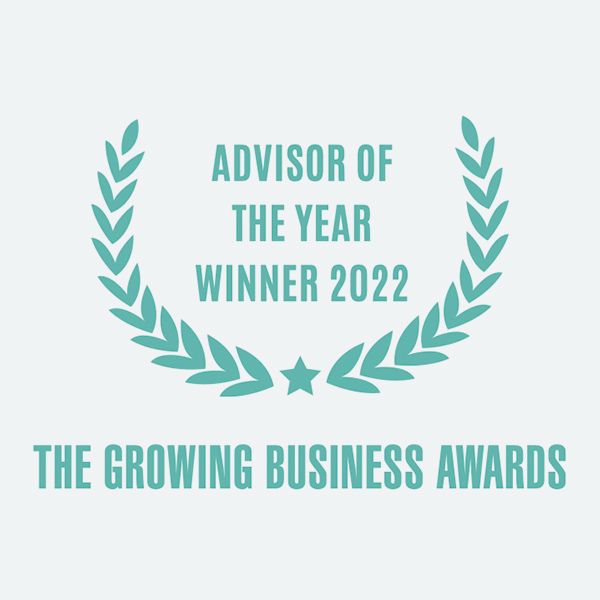
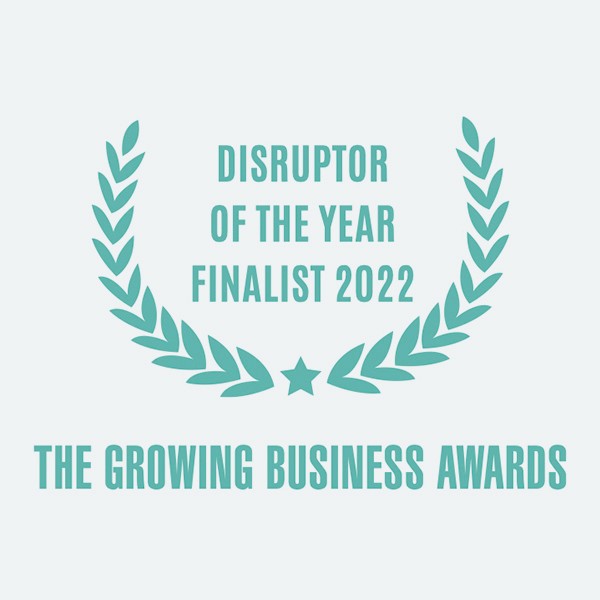
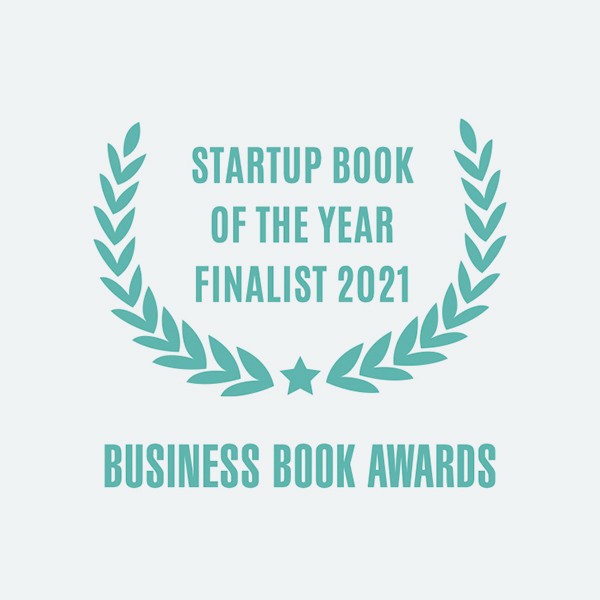

Copyright ©Robot Mascot Ltd. All rights reserved.





